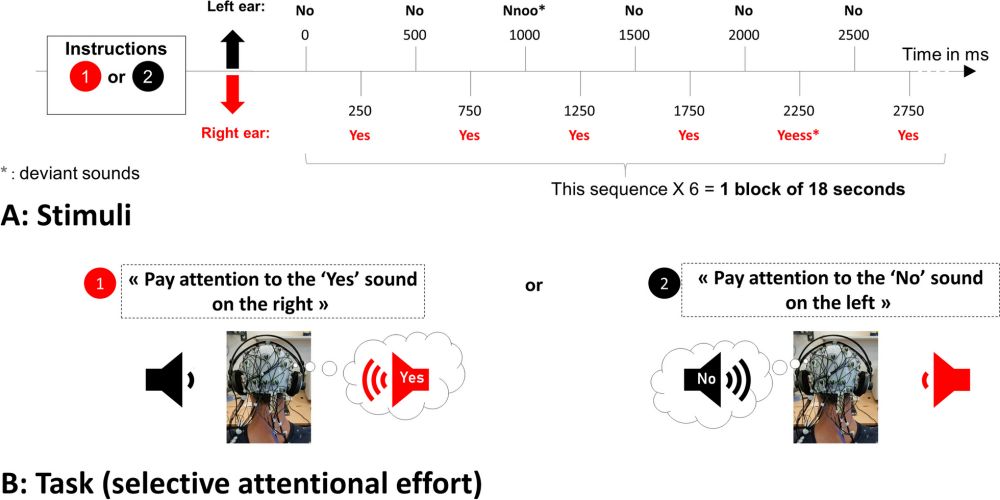
The project focuses on laminar MEG, beta bursts, and comparisons with laminar e-phys in monkeys.
emploi.cnrs.fr/Offres/CDD/U...
The project focuses on laminar MEG, beta bursts, and comparisons with laminar e-phys in monkeys.
emploi.cnrs.fr/Offres/CDD/U...
Multiscale brain rhythms in healthy and epileptic conditions: computational modeling insights for clinical applications.
More information here: elifkoksal.github.io/positions.html!
Multiscale brain rhythms in healthy and epileptic conditions: computational modeling insights for clinical applications.
More information here: elifkoksal.github.io/positions.html!
direct.mit.edu/imag/article...

direct.mit.edu/imag/article...
We are happy to announce that our paper regarding the roles of alpha oscillations in resisting distraction is now online doi.org/10.1016/j.ti...
We are happy to announce that our paper regarding the roles of alpha oscillations in resisting distraction is now online doi.org/10.1016/j.ti...

644 participants ∣ over 150 hrs of task-free recordings ∣ incl. Parkinson’s disease, ADHD, chronic pain + 444 healthy controls ∣ defaced structural MRI volumes ∣ individual questionnaire data.
www.neurospeed-bailletlab.org/news/announc...

644 participants ∣ over 150 hrs of task-free recordings ∣ incl. Parkinson’s disease, ADHD, chronic pain + 444 healthy controls ∣ defaced structural MRI volumes ∣ individual questionnaire data.
www.neurospeed-bailletlab.org/news/announc...
It covers a relatively broad field of research but we hope you will find some ideas interesting there.

It covers a relatively broad field of research but we hope you will find some ideas interesting there.
MEG-UKI 2024 is coming to Birmingham! Mon 28th - Thu 31st October We are teaming up with our colleagues in the world of OPMs to bring you four days of cutting-edge neuroscience and Magnetoencephalography.
More info below, and on our site: (t.co/tSKytguX61)
Thanks in advance!
MEG-UKI 2024 is coming to Birmingham! Mon 28th - Thu 31st October We are teaming up with our colleagues in the world of OPMs to bring you four days of cutting-edge neuroscience and Magnetoencephalography.
More info below, and on our site: (t.co/tSKytguX61)
Thanks in advance!
link.springer.com/article/10.1...

link.springer.com/article/10.1...
Feel free to e-mail/DM me if you have questions.
Thanks very much for sharing/re-posting!
Feel free to e-mail/DM me if you have questions.
Thanks very much for sharing/re-posting!



